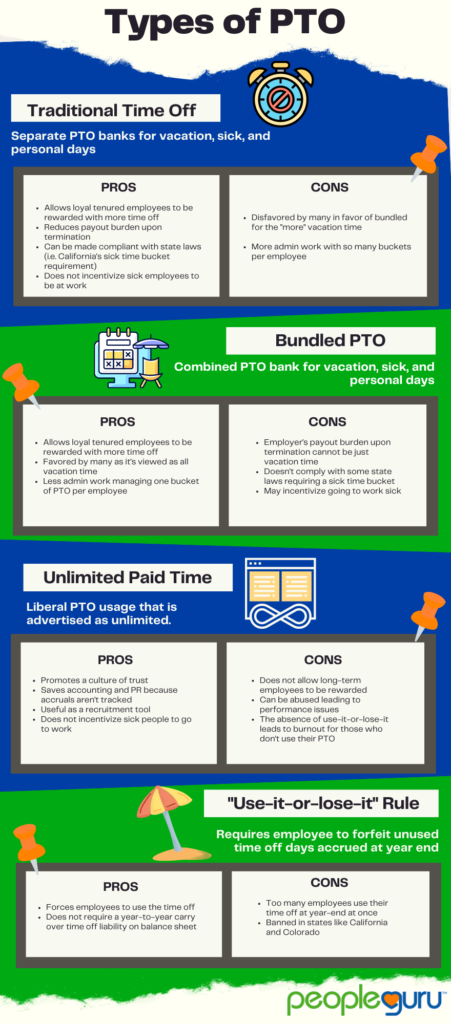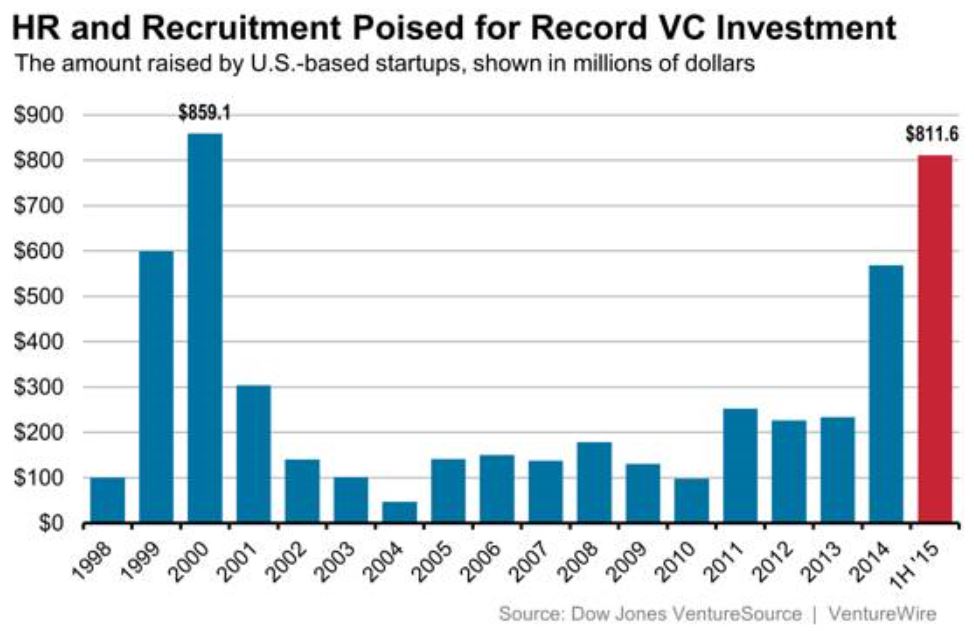More and more companies are relying on technology for the bulk of their communications with their workforce, customers, and vendors. Lockdowns starting in 2020 moved millions of people to work from home and accelerated adoption of online communication tools. We live with less human interaction than ever before.
Technology seems to be undermining the meaningfulness of interactions we do have with others. We are more disconnecting from the real world and isolated from each other. The trend is pervasive in our society. Many of us work from home, order Uber Eats regularly, and buy nearly everything online. Instead of being with friends, coworkers, and family, we text or instant message.
Technology may be a convenient way to communicate, but at what cost is the convenience? Is sacrificing the meaningful social learning and personal engagement worth the time savings? As Aerosmith’s Steven Tyler and Richie Supa wrote in the song, Amazing: “Life is a journey not a destination.”[1] Will society regret its move toward increasingly less socialization?
And the trend toward human-free interactions in business is really gaining steam. The business world around us is changing. We know that face-to-face interaction is proven to provide us with important benefits. Everything from a sense of well-being to enhancing credibility and trust—whether it’s with friends or cashiers at the checkout line. Even the Albertsons chain that rolled back self-checkouts in favor of cash registers with humans is already revisiting self-checkout through smart carts,[2] likely due to increase pressure to produce profits, gain analytics, and reduce staffing requirements.
Socializing is an important part of the fabric of humanity. Texts, emails, CRM tickets, and chatbots are rapidly replacing personalized customer service interactions with scripted, cold, and impersonal electronic communication. It may be more cost effective, but ultimately how will this trend impact your business?
What is the hidden cost of replacing people with technology?
- How does it make your customers feel?
- How does the lack of human customer service affect your brand message?
- What is the impact on customer loyalty and customer retention?
Ten texts or ten emails can’t even begin to approach the value of a few minutes of human interaction with a well-trained, cheerful, and engaged customer service guru when a customer is in need. Yes, a smiley-face emoticon is cute, but it will never replace the ability to serve your customers personally. Face-to-face interactions with other real humans could rapidly become the most premium service of all.
Consider the following recent observations from a recent job seeker and freelance writer. Amanda Claypool applied for jobs at Waffle House, Crumbl Cookies, McDonald’s, Wendy’s, and Hardee’s. Writing as a freelancer for Business Insider, Amanda shared that: “I successfully landed a part-time job as a server at Waffle House and it was the only one with a human point of contact during the application process.” Every other job required her to “correspond with chatbots and automated emails” that left her “annoyed and uncertain” and suggesting “Adding more human contact, rather than less, could be one way to solve the problem.”[3]
There’s something real and valuable about real human interaction. Humans strive to be together. Over centuries, humans have built villages, towns, cities, major business center, and large universities campuses all with the intent to bringing humans together. We instinctively know how important and productive it is to have real world interaction with your circle of friends, coworkers, potential employers, and the essential service people that make up your everyday world. We know that these important human connections aren’t the same once reduced to automated text-to-voice or chatbot applications.
There is no substitute for personalized service. Smart businesses will invest in both technology automation tools and customer service people to provide their customers with the ultimate service options: leading service with human interactions and allowing customers to optionally consume technology self-help tools at their convenience. This approach will strike the right balance between digital service and real human interactions.
[1] Quote Investigator. https://quoteinvestigator.com/2012/08/31/life-journey
[2] CNBC. (2022 May 19). Grocery chain Albertsons to start using self-checkout carts. https://www.cnbc.com/video/2022/05/19/grocery-chain-albertsons-to-start-using-self-checkout-carts.html
[3] Claypool, Amanda. (2023 June 9). Chatbots Made It Almost Impossible for Me to Get a Job. Business Insider. https://www.businessinsider.com/chatbots-made-it-hard-to-get-fast-food-job-2023-6.



 Billions of dollars invested in HR technology companies have created a handful of new and reborn one-size-fits-all HCM vendors who made a big splash on the HR scene throughout 2015 and 2016. Not to be outdone, niche HR specialist vendors have upped the ante with some very compelling niche products targeting recruiting, performance, learning, compliance, and social collaboration. Choice is always a good thing for HR departments. How does all this investment in HR technology companies change the way HR executives think about using technology within their operations?
Billions of dollars invested in HR technology companies have created a handful of new and reborn one-size-fits-all HCM vendors who made a big splash on the HR scene throughout 2015 and 2016. Not to be outdone, niche HR specialist vendors have upped the ante with some very compelling niche products targeting recruiting, performance, learning, compliance, and social collaboration. Choice is always a good thing for HR departments. How does all this investment in HR technology companies change the way HR executives think about using technology within their operations?  HR Cloud 9 is being in a state of perfect contentment with your HR ecosystem. Getting to HR Cloud 9 isn’t a trivial matter, and it isn’t about choosing one vendor to handle everything. The choices you make when building out your HR ecosystem will either form your utopia or nightmare. To get to HR Cloud 9, consider how your ecosystem will fair in the following areas. If you do, you’ll be well on your way to Cloud 9.
HR Cloud 9 is being in a state of perfect contentment with your HR ecosystem. Getting to HR Cloud 9 isn’t a trivial matter, and it isn’t about choosing one vendor to handle everything. The choices you make when building out your HR ecosystem will either form your utopia or nightmare. To get to HR Cloud 9, consider how your ecosystem will fair in the following areas. If you do, you’ll be well on your way to Cloud 9. The Corporate Psycho is an individual who systematically lies, coerces, intimidates, or otherwise instills fear in coworkers in the pursuit of power within an organization.
The Corporate Psycho is an individual who systematically lies, coerces, intimidates, or otherwise instills fear in coworkers in the pursuit of power within an organization. It’s really not about ageism. It is simply that a great attitude and passion to succeed trump years of experience and perfect qualifications nearly every time.
It’s really not about ageism. It is simply that a great attitude and passion to succeed trump years of experience and perfect qualifications nearly every time.